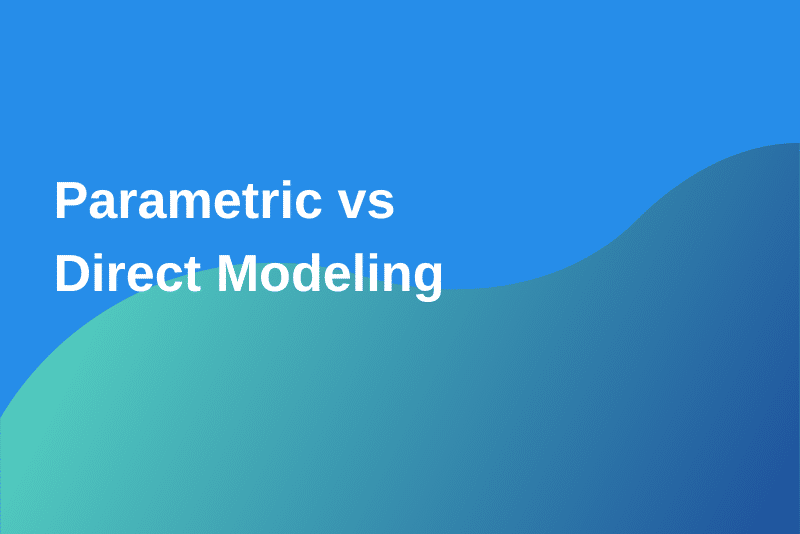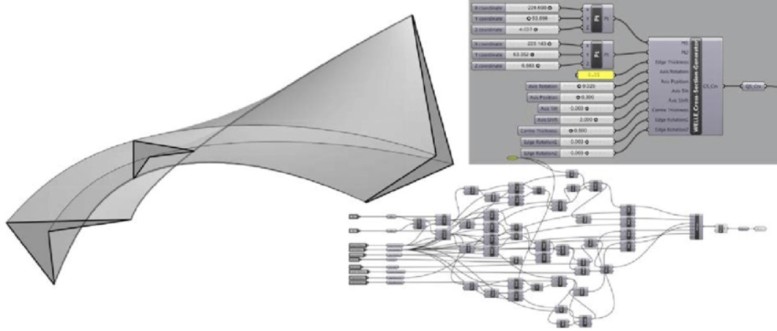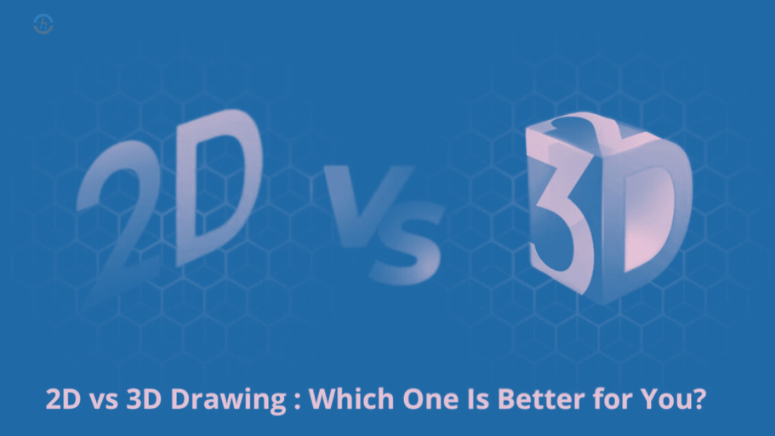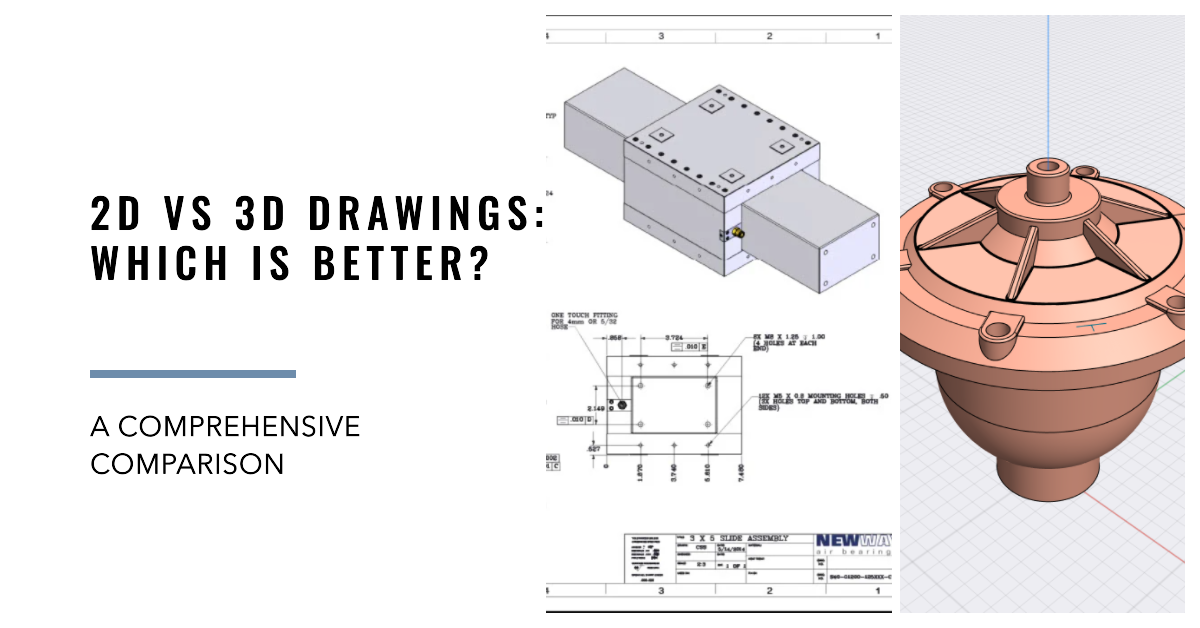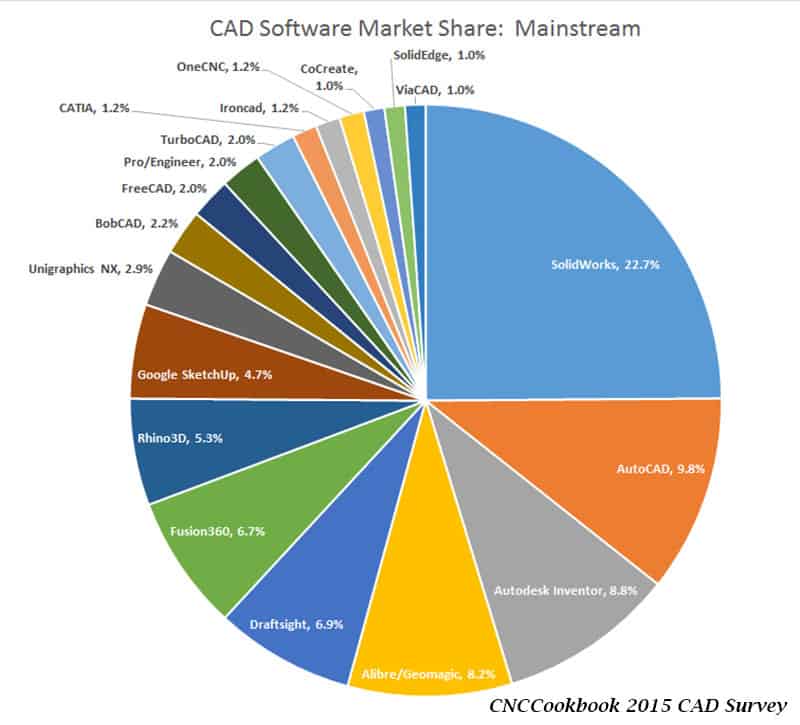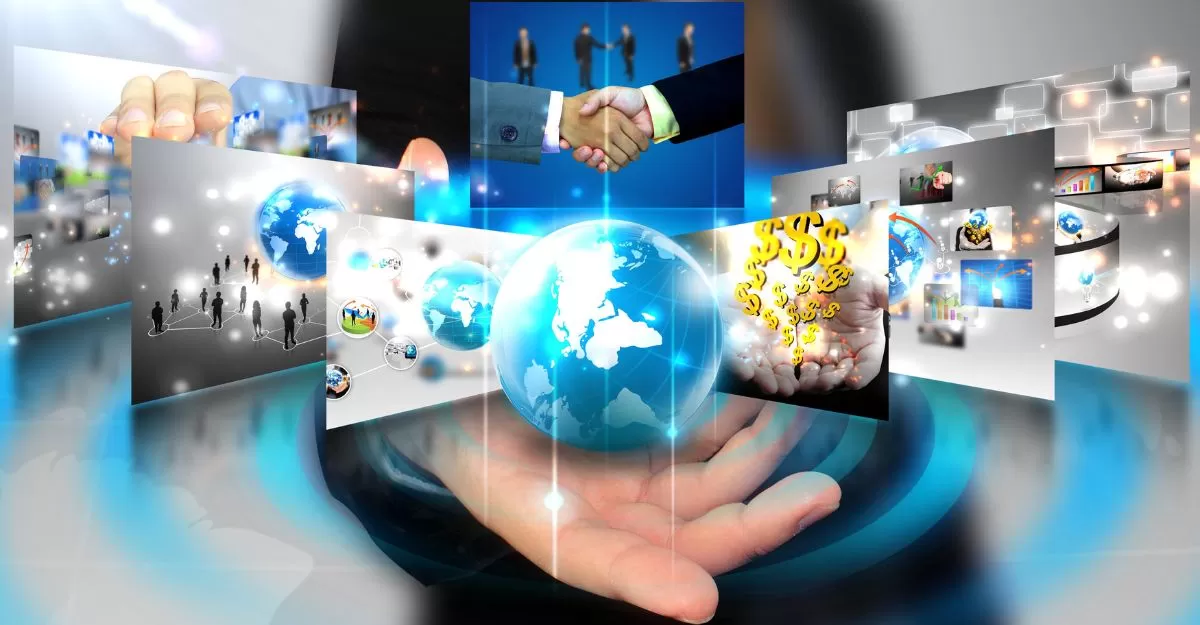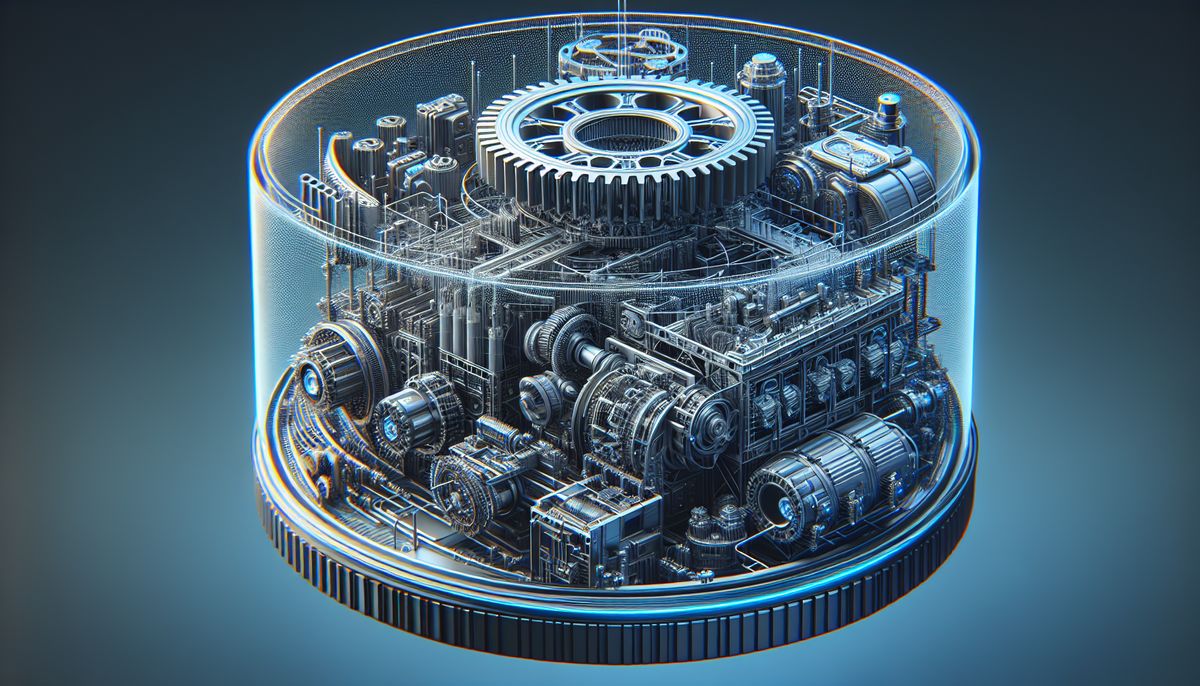
Introduction
In today's fast-paced world, visualization is key to success in virtually every industry. Whether it's designing a new product, planning a construction project, or showcasing architectural concepts, the ability to visualize ideas accurately and vividly is crucial. And when it comes to visualization, 3D technology stands at the forefront, offering unprecedented opportunities to bring concepts to life with remarkable clarity and realism.
The Rise of 3D Visualization
Gone are the days of flat, two-dimensional drawings and blueprints. With advancements in technology, 3D visualization has emerged as a game-changer, revolutionizing the way we perceive and interact with information. By creating immersive, lifelike representations of objects and environments, 3D visualization bridges the gap between imagination and reality, allowing us to explore, analyze, and communicate ideas with unprecedented precision and clarity.
Enhancing Collaboration and Communication
One of the greatest strengths of 3D visualization is its ability to facilitate collaboration and communication among stakeholders. By providing a shared visual language that transcends technical jargon and abstract concepts, 3D models enable teams to communicate ideas more effectively, streamline decision-making processes, and foster greater synergy and alignment across departments and disciplines.
Applications Across Industries
The versatility of 3D visualization knows no bounds, with applications spanning across a wide range of industries. In architecture and construction, 3D models enable architects, engineers, and contractors to visualize building designs, detect clashes, and optimize construction processes. In product design and manufacturing, 3D rendering allows designers to create lifelike prototypes, test functionality, and iterate on designs quickly and efficiently. In marketing and advertising, 3D visualization breathes life into promotional materials, enabling businesses to showcase products and services in captivating and engaging ways.
The Future of Visualization
As technology continues to evolve, the possibilities of 3D visualization are virtually limitless. From virtual reality (VR) and augmented reality (AR) experiences to real-time rendering and interactive simulations, the future of visualization promises to be even more immersive, interactive, and transformative. By embracing the power of 3D visualization, businesses and industries can unlock new opportunities for innovation, creativity, and success in a rapidly changing world.
Conclusion
In conclusion, 3D visualization is not just a tool—it's a catalyst for progress and a gateway to new horizons. By leveraging the power of 3D technology, businesses and industries can bring their ideas to life, foster collaboration and communication, and stay ahead of the curve in an increasingly competitive landscape. So, why settle for flat, two-dimensional representations when you can experience the world in stunning 3D? Join the revolution and unleash your imagination with 3D visualization today.
Related Articles
Recent Posts
- Deciphering Design: Exploring the Difference between 3D Modeling and Parametric Modeling Workflows
- Drawing Generation: Parametric Modeling Workflow - One Step Behind AI
- Navigating the Shift: Understanding the Difference between 2D Drawing and 3D CAD Workflows
- Speed vs. Precision: Comparing Drawing Generation in 2D Workflows and 3D CAD Workflows
- The 3D CAD Revolution: Why the Market is More Competitive than Ever
- Unlocking the Power of 3D Visualization: Transforming Ideas into Reality
- Unveiling the Power of Digital Assets for Core Engineering Companies
